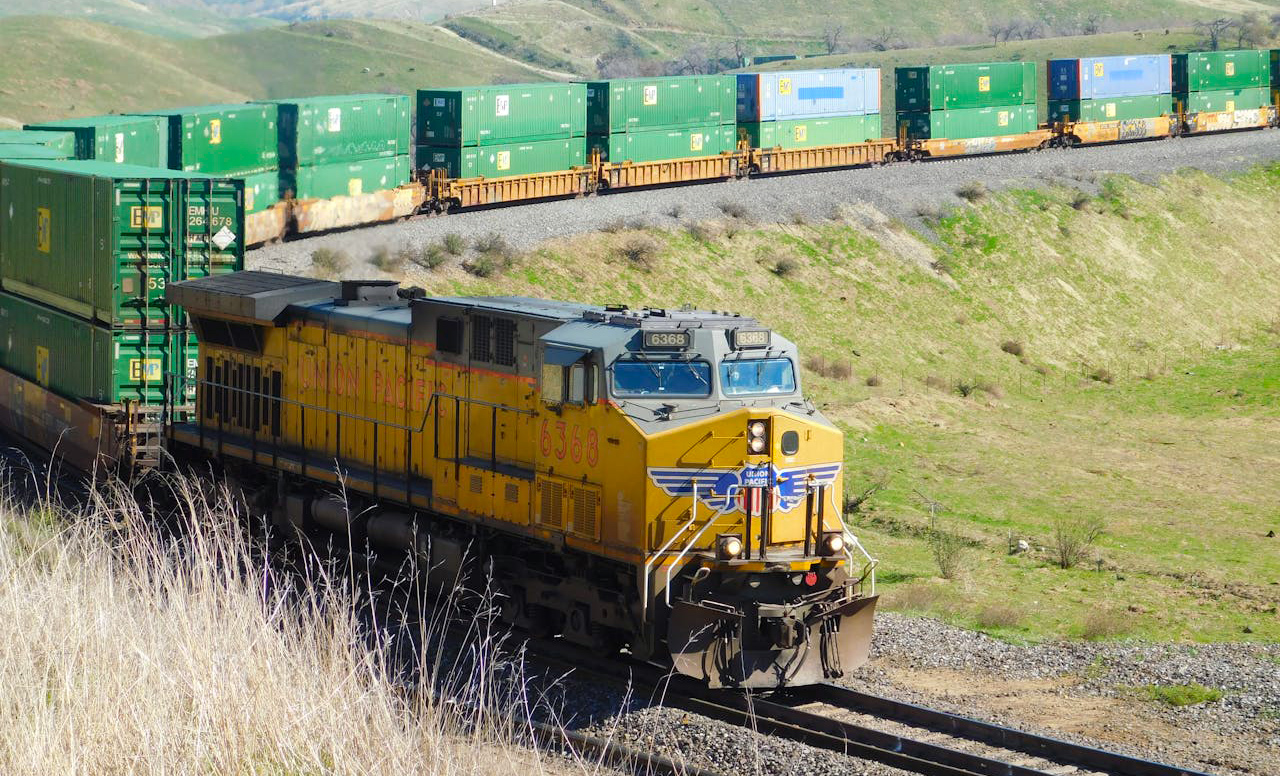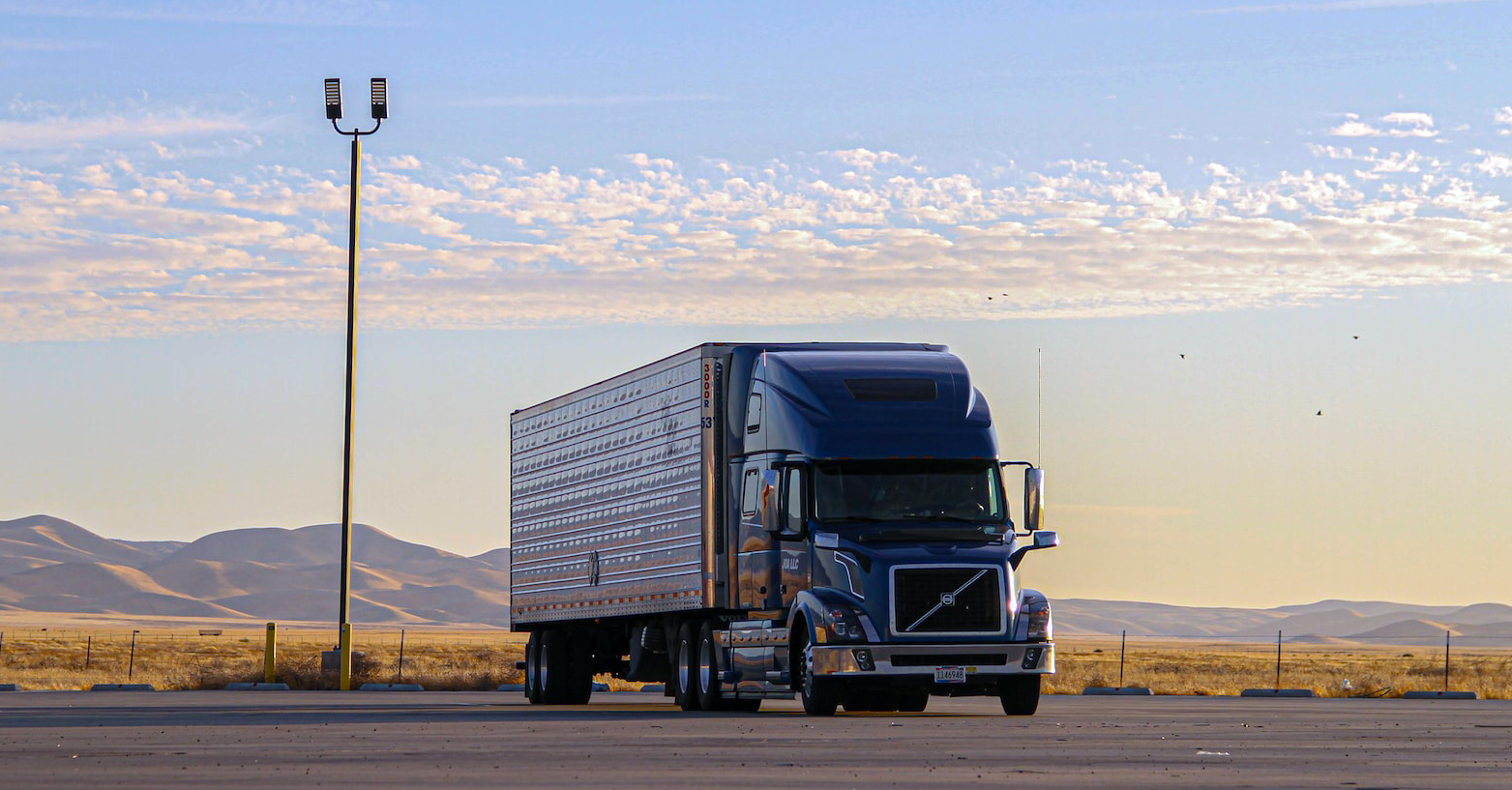Truck Versus Train - What to Choose for Freight Shipping
Posted On 20th May 2025Moving freight nowadays means carefully considering your options, most often coming down to trains vs trucks. With each of these transportation methods, bringing their own strengths to the table, it might seem challenging to decide, but in this quick guide, we’ll walk you through the most important things you need to know.
We’ll cover everything from costs per ton mile, main disadvantages, supply chain efficiency, and help you in deciding which suits best for your freight shipping requirements.
How Much Does It Cost to Ship by Rail

Shipping by rail can be a budget choice, especially when you consider that one rail car hauls the same as four full truckloads. In fact, rail shipping averages just ~$70.27 per ton, while trucking comes at around ~$214.95, which makes trucks significantly more expensive than the trains.
However, the final bill depends on a few key factors that shape every journey, offering savings for shippers moving big loads.
Here are the four main factors that directly shape up rail shipping costs:
Distance Traveled:
Shipping by rail is significantly better for long distances, due to the capability of a rail car to handle more load, when compared to a truck.
Weight and Type:
The heavier the freight loads are, the more you will benefit from shipping by rail due to the lower cost per ton, when compared to trucking.
Fuel Efficiency:
Freight trains move a ton of goods about 470 miles on a gallon of fuel, cutting fuel costs compared to trucks, which impacts your overall shipping bill.
Type & Availability:
Specialized cars, like refrigerated ones for perishables, can bump up fees due to limited availability, while standard cars are most cost-effective.
It’s clear that rail transportation is cheaper than trucking when comparing them directly, but let’s dig into more detail and discover the exact cost per ton-mile of rail vs truck.
Cost per Ton Mile: Rail vs Truck
Digging into cost per ton-mile reveals why rail often wins over trucks for freight shipping. Using industry data—rail at $70.27 per ton and trucks at $214.95, here’s a breakdown across various distances and freight types, showing how each shipping model stacks up against the other.
Distance (Miles) | Freight & Weight | Rail Cost per Ton-Mile | Truck Cost per Ton-Mile | Rail Total Cost | Truck Total Cost |
500 | Steel Coils (20 tons) | $0.14 ($70.27 ÷ 500) | $0.43 ($214.95 ÷ 500) | $1,400 | $4,300 |
1,000 | Grain (30 tons) | $0.07 ($70.27 ÷ 1,000) | $0.21 ($214.95 ÷ 1,000) | $2,100 | $6,300 |
1,500 | Lumber (25 tons) | $0.05 ($70.27 ÷ 1,500) | $0.14 ($214.95 ÷ 1,500) | $1,875 | $5,250 |
2,000 | Coal (40 tons) | $0.04 ($70.27 ÷ 2,000) | $0.11 ($214.95 ÷ 2,000) | $3,200 | $8,800 |
Please be informed that the calculations in this table are purely for example purposes, since there are many other factors that are not taken into consideration.
Are Trains More Efficient Than Trucks?
Trains often outshine trucks when it comes to the efficiency of transporting goods, thanks to their massive scale and resource-savvy nature.
Here are several advantages that make trains more efficient than trucks:
Fuel Savings:
A train can haul one ton of goods 470 miles on a single gallon of fuel, while a truck manages just 134 miles, making trains nearly four times more fuel efficient than trucks.
Huge Capacity:
One rail car carries the same as four truckloads, meaning a single train can replace hundreds of trucks, slashing the number of trips needed.
No Congestion:
With fewer vehicles on highways, trains ease traffic jams, keeping roads clearer for everyone while moving massive freight loads in one go.
Low Emissions:
Trains produce far less CO2 per ton-mile than trucks, cutting pollution and helping shippers shrink their carbon footprint.
Reduced Wear:
By taking heavy loads off highways, trains cut down on road damage, saving public funds on repairs and keeping infrastructure in better shape.
Disadvantages of Railway Transport for Freight Shipping
Well, while trains are better at moving big freight loads efficiently, they’re not perfect for every shipping need. Rail transport comes with some hiccups that can slow you down or complicate logistics and might not be ideal for every hauler.
Here are the top disadvantages of rail transport:
Limited Rail Reach:
Trains only follow the American railroads, often missing remote spots or final delivery points.
Last-Mile Struggles:
Getting goods from the rail yard to their destination often requires extra trucking, adding steps.
Slower for Short Hauls:
Rail shines over long distances but can be sluggish for shorter trips compared to truck shipping.
Rigid Schedules:
Trains run on fixed timetables, leaving little or no room for urgent or last-minute shipments.
Specialized Costs:
Needing specific rail cars, like refrigerated ones, can drive up expenses for certain cargo.
Disadvantages of Truck Transportation
Trucks offer flexibility for freight shipping, but they come with their own set of headaches that can dent your budget or timeline. From environmental drawbacks to road challenges, trucks might not be ideal for many haulers.

Here is what might make you think twice about choosing trucks:
Higher Fuel Costs:
Trucks burn more fuel per ton, managing just 134 miles per gallon compared to rail’s 470 miles.
Heavy Emissions:
Trucks emit more CO2 per ton-mile, making them less eco-friendly than trains for long hauls.
Traffic Delays:
Road congestion can slow down deliveries, especially in busy urban areas during peak hours.
More Road Wear:
Heavy trucks tear up highways, leading to higher maintenance costs for public infrastructure.
Driver Shortages:
Finding reliable drivers can be challenging, often causing delays or increased labor expenses.
Note: With truck transportation, the weather conditions also play a vital role, often causing delays, and unexpected hiccups.
So, Which is Better for Freight Shipping - Truck or Train?
We now know the difference between shipping by rail vs truck!
Selecting between trucks and trains for freight shipping is not a straightforward choice, as each mode of transportation offers its own strengths and weaknesses.
Trucks are the best option for ultimate flexibility, going through city streets to deliver perishables like fresh produce directly to a store, perfect for short hauls or urgent jobs.
Trains, on the other hand, dominate long-distance heavy loads, like hauling tons of coal across the country, saving cash with their fuel efficiency and massive capacity.
Hence, we can conclude that choosing between truck vs train strictly depends on your freight requirements, time, budget, and preference.
We hope that you’ve learned something new today and we wish you best of luck.




